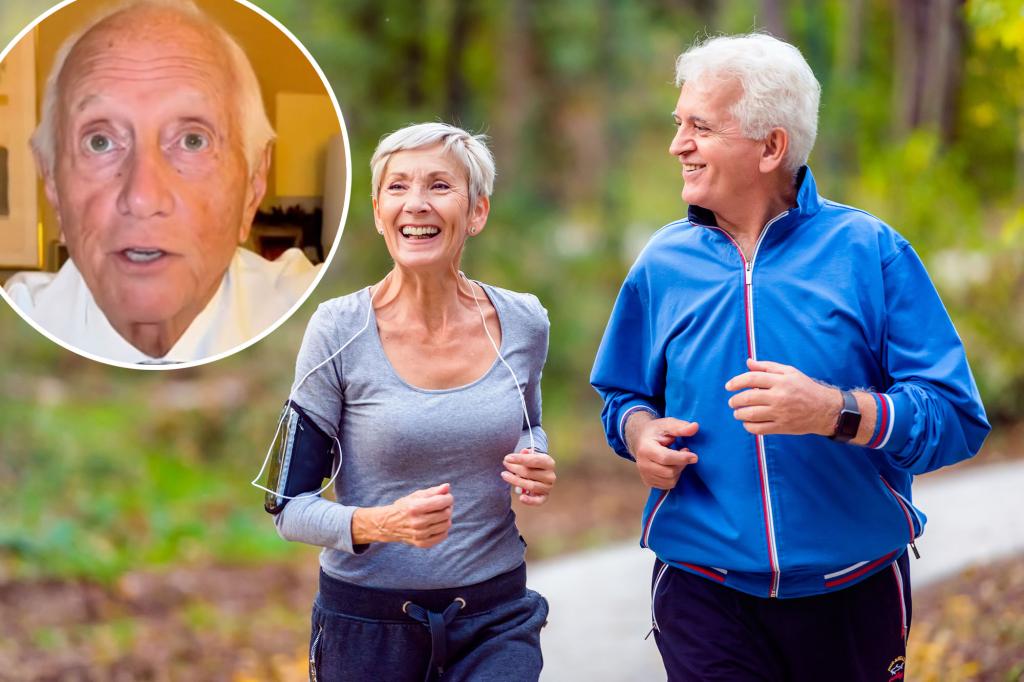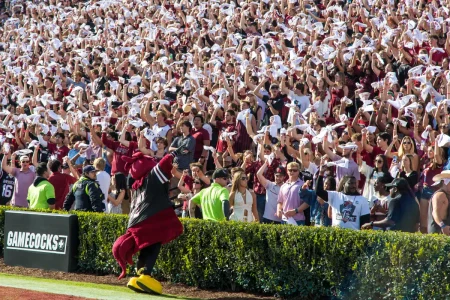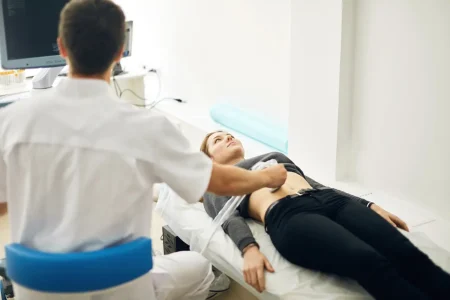Is Running Aging You Faster? A Fresh Look at Exercise and Aging
In the bustling wellness scene of New York City, plastic surgeon Dr. Gerald Imber sparked a viral conversation with his controversial take on running and aging. His TikTok videos, which have garnered over 12 million views, suggest that dedicated runners might be fast-tracking their way to wrinkles and joint problems. “Running feels great, that’s terrific, you get a high from it,” Dr. Imber acknowledges in his viral clip. But he follows with a sobering warning: “Your knees go, your ankles go, your hip goes, your skin goes and your face sags.” He even suggests that the constant pounding of pavement can make you physically shorter over time. While his claims have divided fitness enthusiasts, they raise important questions about how different exercise choices might affect our aging process – not just internally, but in ways that show up in the mirror each morning.
When we consider the benefits of running, the list is undeniably impressive. Enhanced cardiovascular fitness, improved metabolic health, better weight management, and stronger muscles and bones have long made running a cornerstone of fitness regimens worldwide. Yet Dr. Imber points to a particular aesthetic concern that many dedicated runners might recognize: the “runner’s face.” He provocatively asks viewers, “Have you ever seen a long-distance, long-time runner that didn’t have a gaunt, old face? That’s what happens.” Dr. Boris Paskhover, another facial plastic surgeon, offers some scientific context to this claim, explaining to TODAY.com that intensive aerobic exercise reduces body fat throughout the body, including the face. “If you lose body fat in your face, well then you’re going to have that gaunt, thinned-out look,” he notes. This facial volume loss, combined with natural aging processes that reduce collagen and elastin production, can potentially accelerate the appearance of aging, especially when paired with sun exposure during outdoor runs.
Instead of logging miles on the pavement, Dr. Imber suggests a different approach: “Why don’t you just get on a bike and forget about running?” This alternative recommendation highlights cycling as a low-impact exercise that provides similar cardiovascular benefits without the jarring impact that running delivers to joints and facial tissues. The benefits of cycling are comprehensive – it improves heart and lung function while working major muscle groups in the legs and engaging the core and upper body for balance. Research supports these advantages, with studies showing that regular cyclists have significantly lower rates of osteoarthritis and knee pain by age 65 compared to non-cyclists. Beyond physical benefits, cycling appears to protect cognitive function, potentially reducing dementia risk while boosting mental wellbeing. For older adults particularly, the improved balance and coordination from regular cycling can reduce fall risk – a critical health concern as we age.
The online response to Dr. Imber’s controversial take reflects our complex relationship with fitness advice and aging concerns. Some viewers embraced his warning with humor, with comments like “Laziness has saved me again” and “Who am I to go against doctor’s orders? No running for me.” Others pushed back firmly, sharing personal testimonials that contradicted his claims. “I have been a long distance runner for 22 years. My knees and overall health are great!” wrote one commenter, while another declared, “I’ve been running for 35 years and I believe it’s the fountain of youth!” These divided reactions highlight how personal exercise choices often become intertwined with our identities and health philosophies. They also underscore an important reality: individual experiences with exercise vary tremendously based on genetics, technique, recovery practices, and other lifestyle factors that influence how our bodies respond to physical stress.
The conversation around running and aging touches on deeper questions about how we balance immediate fitness benefits against potential long-term impacts. While Dr. Imber’s views might seem extreme to dedicated runners, his perspective stems from observations made throughout his plastic surgery career. Importantly, he later clarified that moderation is key: “It’s perfectly fine to run a little bit every day or run a couple of miles a few times a week,” he conceded in a follow-up video. This nuanced view aligns with what many sports medicine specialists recommend – that varying exercise types can provide more comprehensive fitness while reducing repetitive stress injuries. The body’s response to exercise stress follows a U-shaped curve, where too little activity deprives us of important benefits, but excessive amounts may trigger diminishing returns and potential harm. Finding the personal sweet spot becomes the challenge for each individual.
When considering how exercise affects aging, perhaps the most balanced approach incorporates diverse movement patterns rather than relying exclusively on any single activity. While running offers undeniable cardiovascular and mental health benefits, complementing it with lower-impact activities like cycling, swimming, strength training, or yoga might provide a more complete fitness profile while distributing physical stress more evenly throughout the body. The aging process itself is multifaceted, influenced by genetics, nutrition, sleep quality, stress management, and environmental factors – with exercise type being just one variable in a complex equation. Rather than abandoning beloved activities based on aesthetic concerns, individuals might consider adjusting their overall fitness approach as they age, perhaps reducing high-impact workouts while increasing recovery periods and complementary activities. As with most health matters, the answer likely lies not in absolutes, but in personalized approaches that balance joy, function, and longevity.















